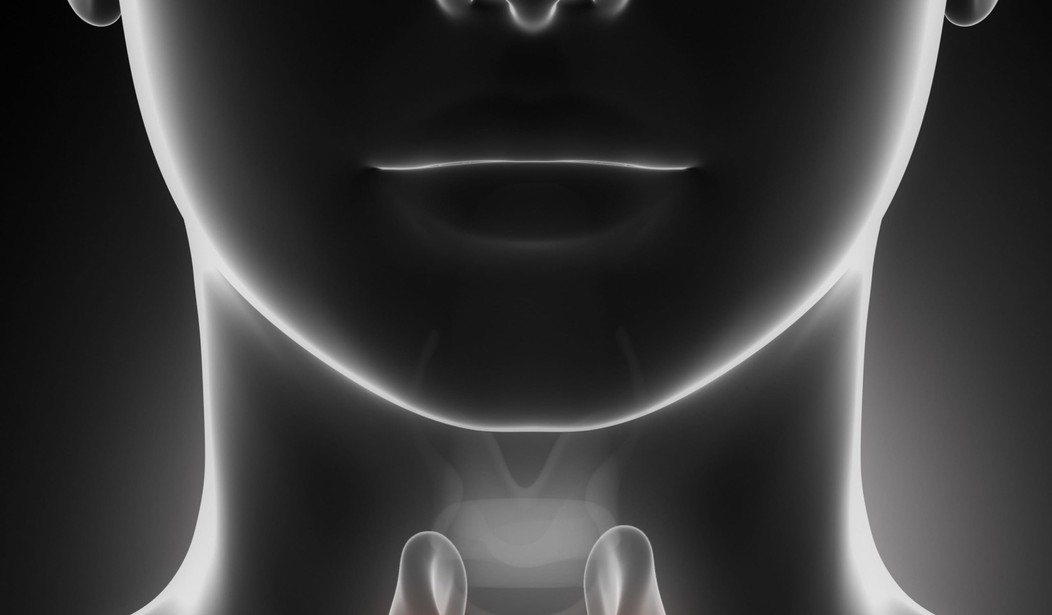The death of Garry Shandling, apparently due to possible complications from parathyroid disease, has raised awareness of a disease that has plagued many, yet when discovered can easily be cured in most cases. As I wrote last week about my own experience, I found there to be some misunderstanding, even among doctors, about recognizing the symptoms and then deciding what to do about them.
One of the keys to diagnosis is the calcium level that’s measured in a standard blood test. What is considered normal changes as one ages. In my case, a slightly elevated level was considered close enough to normal to not trigger any action. And that’s the experience of many others. In fact, a more knowledgeable expert would and did interpret the numbers differently.
Once I experienced a kidney stone, my doctor looked for its cause and raised the possibility of the disease. Without that it would have been missed. A review of my calcium levels for the past several years by a doctor at the Norman Parathyroid Center in Tampa indicated I had the disease for three years.
The center has developed an easy-to-use app, Calcium Pro, in which you can enter your test results and it will indicate the risk of disease.
The cure is to remove the overactive gland, which has developed an adenoma or tumor. But because it’s still considered to be a major operation by most doctors, they are reluctant to do it without more certainty of which gland it is. And because the symptoms are often minor, they are willing to wait. Yet the Norman Parathyroid Center, which has a much simpler technique to remove it, doesn’t recommend waiting. In fact, they state that if the parathyroid tumor is not removed, it will decrease the life expectancy in all patients by about 5-6 years.
As a result of Garry Shandling’s death, more have posted about this disease, including my friend James Fallows, national correspondent for The Atlantic, who wrote:
When I was just about to move to China in 2006, my American doctor said that a blood-calcium level looked high, and we should keep an eye on it. When I was back for a visit a year later, he said it was a little higher.
Test by test, the calcium reading kept going up….. My wife and I traveled all through the hinterland of China in much of 2008, before returning to Beijing for the Olympics. The blood readings kept getting worse. Finally, in early 2009 we came back from Beijing to San Francisco on a medical trip. At the UCSF hospital, a main west coast center for this kind of procedure, I had a five-hour operation, conducted by Quan Duh and his team. They removed what turned out to be a single aberrant PT gland, which turned out to have migrated from my neck to somewhere in my chest. That immediately resolved the problem, and I have felt fine ever since.
His doctor explained that, “A parathyroid disorder was about as damaging as smoking a pack of cigarettes per day. It weakened the bones; it raised the risk of heart attacks and some cancers, and kidney stones too; it caused mood disorders; and—I’ll confess the most alarming—it led to memory lapses, attention failures, and dementia. The bone-weakening is because the hyperactive gland continually draws calcium out of the bones and into the blood serum.”
I also heard from Barbara Creamer, one of the founders of a patient-advocacy group called Parathyroid Peeps:
We are 3 San Francisco Bay Area women who suffered from primary hyperparathyroid disease. We all had our surgeries performed at the Norman Parathyroid Center in Tampa, Florida – one of us in 2011 another in 2013 and the third most recently in 2014 to remove parathyroid tumors. The surgeries all took less than 21 minutes. You can read our stories here. We didn’t know one another prior to meeting in an on-line support group…
There were number of problems we personally experienced that contributed to a delay in diagnosis and surgical treatment. Though cured ourselves, we felt compelled to educate others about the disease to move the larger conversation forward to create change. Thus our education and advocacy group Parathyroid Peeps came into being. You can read about our mission here….
In spite of the seriousness of the disease, it’s cure rate according to Dr. Norman is 99%. But the challenge is detecting it first. Now there’s an app for that.










Join the conversation as a VIP Member